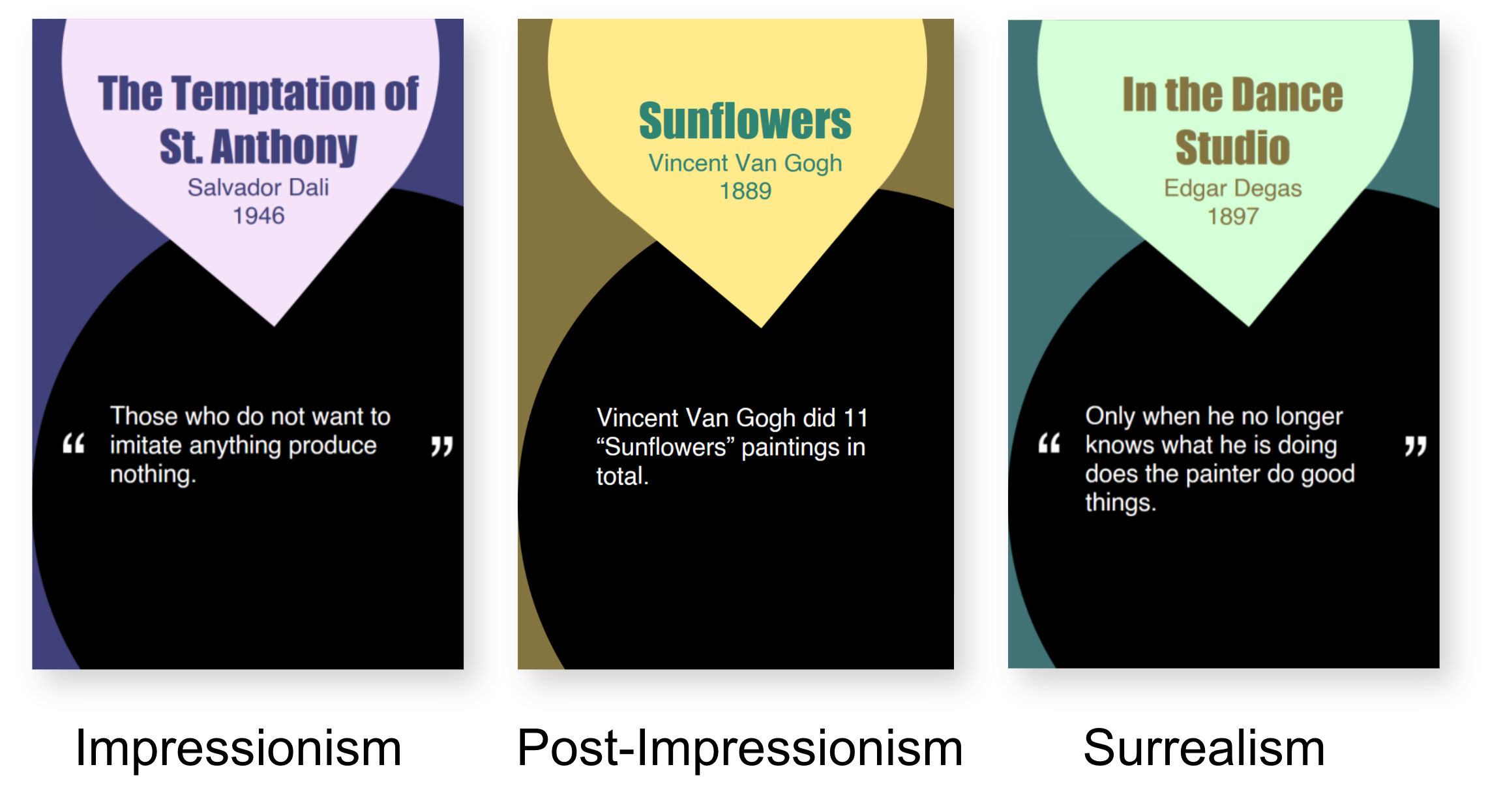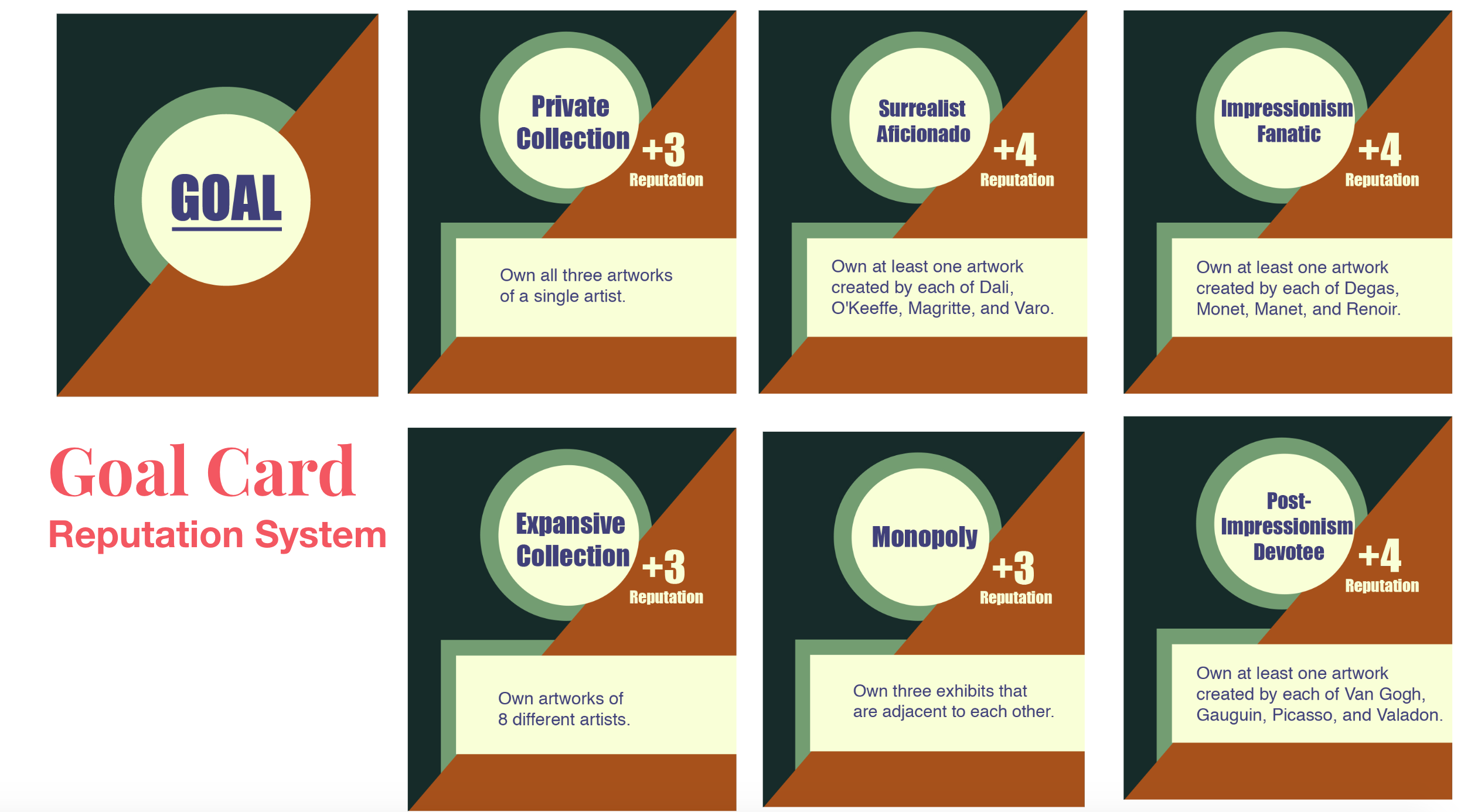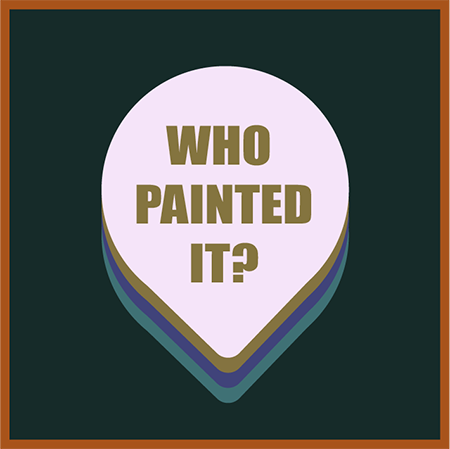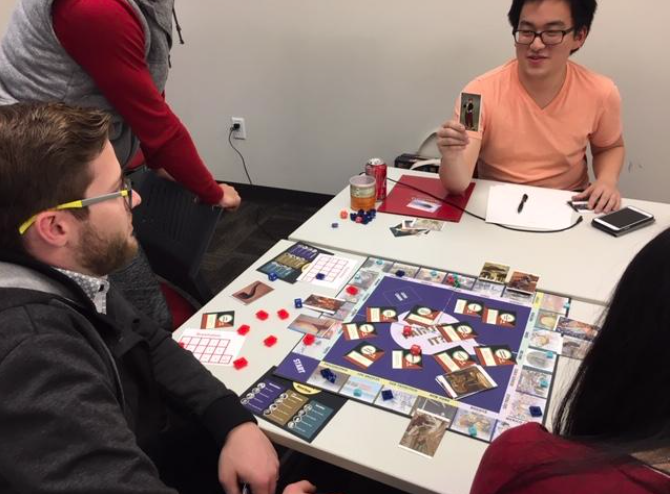MY ROLES
Game Design
Visual Design
Playtesting
TEAM
Na He Jeon
Dennis Jeong
DURATION
Oct 2018 - Dec 2018

Art Card
I designed three categories of art cards for players to collect, based on three art movements, Impressionism, Post-Impressionism, and Surrealism.
In the Word Bank, the three art movements are indicated by different color schemes. I applied the same color schemes to the art cards, so that players can associate color with corresponding art movements.

Word Bank
We selected four artists for each art movement (Impressionism, Post-impressionism and Surrealism), and curated three paintings for each artist . The player just has to choose from these artists to guess the right artist for each card. This solves the problem of each card being too cluttered with both the painting and the choice of possible artist names.
We tested players’ knowledge about the paintings after they finished playing the game.
Players were able to remember a fair amount of information, though we cannot guarantee the learning outcome of the game for long-term memory.

Goal Card
Based on goal cards, players can choose to collect paintings from a specific artist, collect paintings from different artists, or collect paintings from an art movement. They accumulate art cards to reach goal cards’ requirements, then they gain reputation points to eventually win the game.

Game Board
To ensure a cohesive visual style across different parts of the game, I created a list of color schemes, fonts, sizes and measurements as well as visual assets.
My teammate Na He designed the Monopoly-style art board that shows a series of cities.

